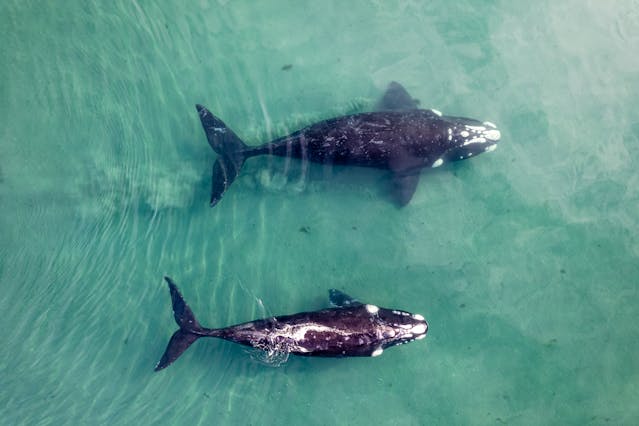
Fraser Coast Regional Council has adopted a bold new strategy that aims to grow the local economy by $2 billion by 2036, attract new investment, reduce the region’s median age, and create more opportunities for young professionals, skilled tradespeople and families.
Mayor George Seymour said Fraser Coast Futures 2036 – For a Better Future, Built Together would guide sustainable growth and ensure the region remained an attractive place to live, work and invest.
“The Fraser Coast has experienced remarkable growth in recent years, with our economy now valued at $6.2 billion and expanding faster than the state average,” he said.
“This strategy is about building on that momentum, supporting local businesses to grow, attracting new industries, and ensuring our young people and families see a strong future here.”
More than 100 stakeholders contributed to the plan, which identifies opportunities across advanced manufacturing, agriculture, housing, tourism, education and aged care.
It also highlights priority infrastructure projects such as the Fraser Coast Water Grid, upgrades to the Maryborough-Hervey Bay Road and Tiaro Bypass, and the redevelopment of Urangan Harbour.
Transformational projects, including city centre revitalisation, education initiatives and the expansion of the Fraser Coast Sport and Recreation Precinct, will improve liveability, attract families, and stimulate investment.
Economic Development spokesperson Cr Lachlan Cosgrove said Fraser Coast Futures 2036 was about making sure everyone benefits as our region grows.
“We want to create a region where jobs and investment go hand in hand with lifestyle, where our children can build their futures and where our natural environment is protected and celebrated,” he said.
Council will track progress through annual report cards and publish updates for the community.
“The Fraser Coast has an extraordinary future ahead if we work together,” Cr Cosgrove said.
“This strategy provides the direction, but its success depends on partnerships across government, business and the community. Together, we can build a stronger, more prosperous and more liveable region.”
To discuss opportunities to grow or invest in the Fraser Coast contact the Economic Development team at Economic.Development@frasercoast.qld.gov.au.
The October Fraser Coast Economic Snapshot has been released, with growth still prominent across most areas in our region. Data is obtained from several sources, with some figures reflecting through to 30 June, and others more recent where available.
Key highlights include:
💲 Gross Regional Product (GRP) figures continue to rise, with an increase of 3.16% to $6,358 million as of 30 June compared with the previous year.
🏡 Median house and unit prices have increased as of 30 September on the previous year, with median unit sales $551,844 (up 14.74%) and median house sales $694,385 (up 11.8%).
💼 Jobs growth in the region has continued with 48,415 jobs on the Fraser Coast, an increase of 2,750 jobs from the previous year up to 30 June. The highest jobs growth by industry includes Health Care and Social Assistance up 1,056 jobs, Retail Trade up 958 jobs, and Transport, Postal and Warehousing up 644 jobs over the period.
🧳 As of 30 June, overnight visitation has decreased by 12.5% on the year prior, with 838,152 overnight international and domestic visitors as of 30 June. Research indicates this could be a result of strong visitor numbers in the 2023/24 financial year setting a benchmark, as well as cost of living pressures and higher outbound international travel.
🏛️ Building approvals on the Fraser Coast increased $23 million to $195 million from August 2024 to August 2025. This is a 13.4% increase, with building approvals still set to rise over the coming year.
🦺 Unemployment has seen a 1.4% increase on the June quarter from 5.0% June 2024 to 6.4% in June 2025. Pleasingly, this is still lower than the March 2025 figure of 7.0%. Feedback from the economist team at informed decisions suggest the recent drop is consistent with the trend observed across the Wide Bay Region as per the below:

